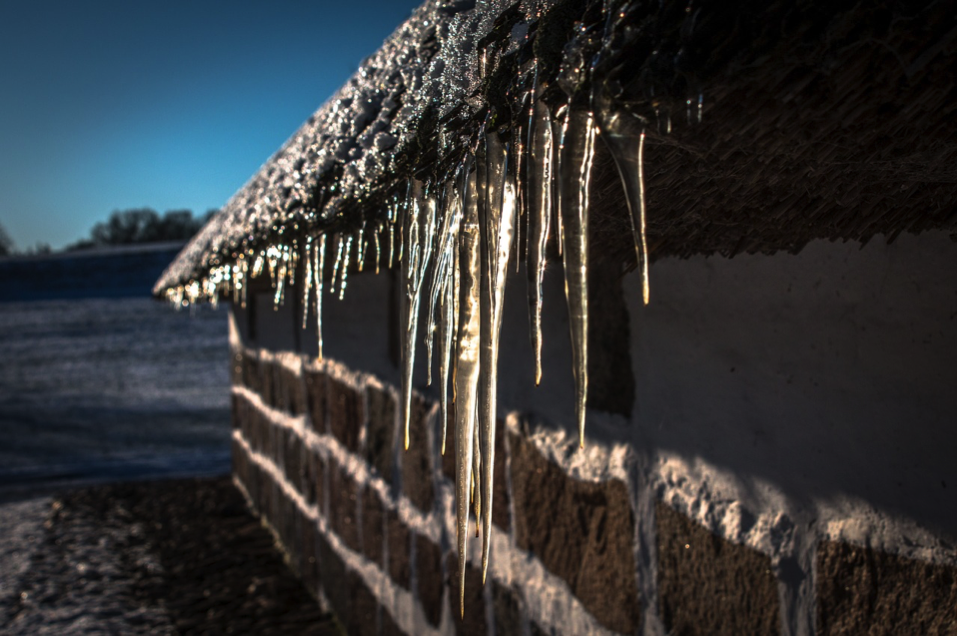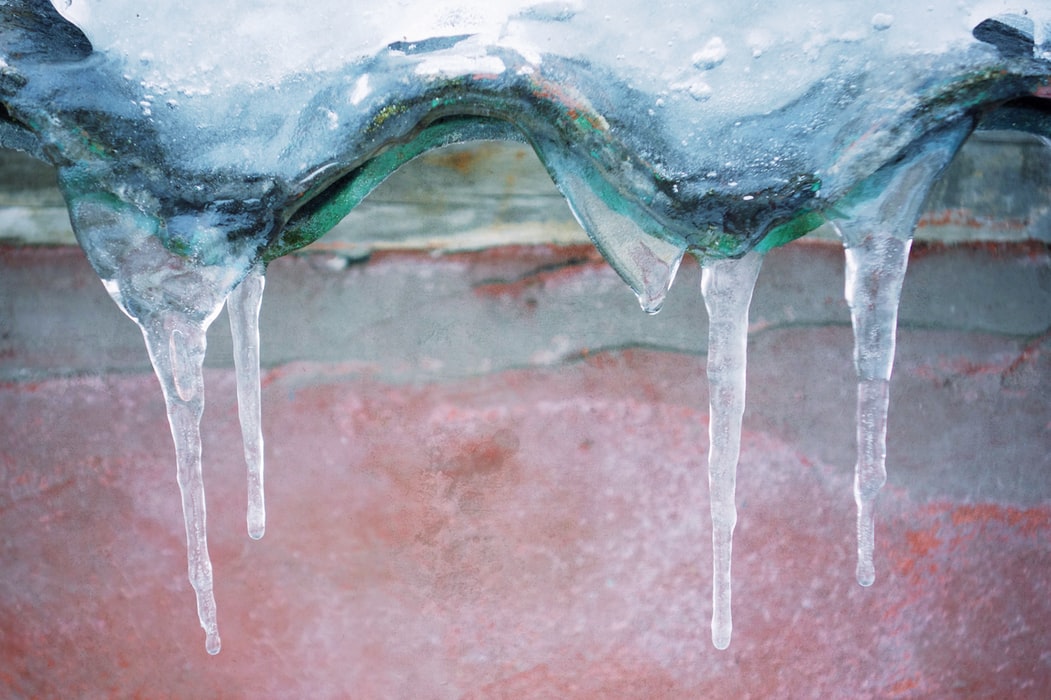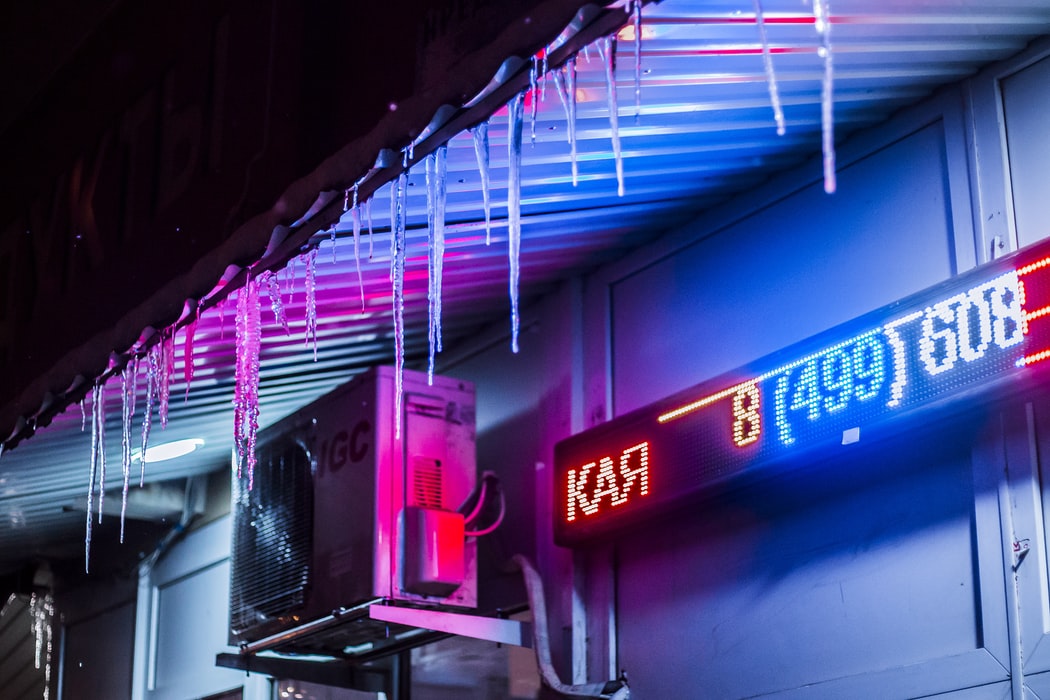Learn how to prevent ice dams from forming on your roof to prevent long-term roof damage!
 Photos by: Unsplash
Photos by: Unsplash
Ice jam: If you live in a temperate climate and have ever spent time researching or talking about roof maintenance, this is a term you have likely come across. But what is ice jam, what does it do to your home, and how can you keep it from happening?
This brief guide explains how ice dams form and provides some basic guidelines to help prevent long-term damage to your roof. As with any other aspect of roof maintenance, a proactive response is the best way to identify an ice dam so you can hire roofers to fix it before it deteriorates and becomes a high cost.
What are ice dams?
At its simplest, an ice dam is a layer of ice that forms on your eaves and prevents melting snow from draining into the gutter. If you've ever seen a house with massive icicles hanging from the gutters, you've seen an ice dam.
How do ice dams form?
An ice dam is created when warm air rises to your attic, warms the roof terrace, and melts the snow along the ridge or summit. This meltwater then flows over the roof to the eaves, which protrude over the main living area and tend to be significantly colder. When the water reaches the eaves, it freezes, creating a dam that traps water on the roof.
Why are ice dams dangerous?
Over time, the ice sheet that forms along the eaves will creep under the shingles, damaging your roof and causing moisture to build up in your attic. This can lead to:
- Rotting rays
- Broken shingles
- Mould
- Gutter damage
The beautiful icicles that form along the gutter can also pose a threat to people and property.
How can I protect my roof from ice dams?
The prevention of ice dams is a multi-step process. The first thing you should do is make sure that all of your gutters and downspouts are clear of debris so that the meltwater can drain away. Second, you should make sure that your attic is properly insulated and ventilated. The insulation prevents warm air from escaping your living space and overheating your attic. The ventilation ensures that the warm air entering the attic has to go somewhere.
If you've noticed signs of ice dams on your roof, it is best to contact a professional roofing company in your area who can advise you on what steps to take. New vents may need to be cut. If you have an old roof, you may need to protect your eaves with an ice barrier (most new roofs come with an ice and water shield as standard).
By proactively avoiding ice dams, you can avoid water damage in winter and extend the life of your roof. You may be missing out on the icicles, but you will save a lot of money on roof repairs in the long run.






